Find Your Ideal Electronic Parts at Our Online Store
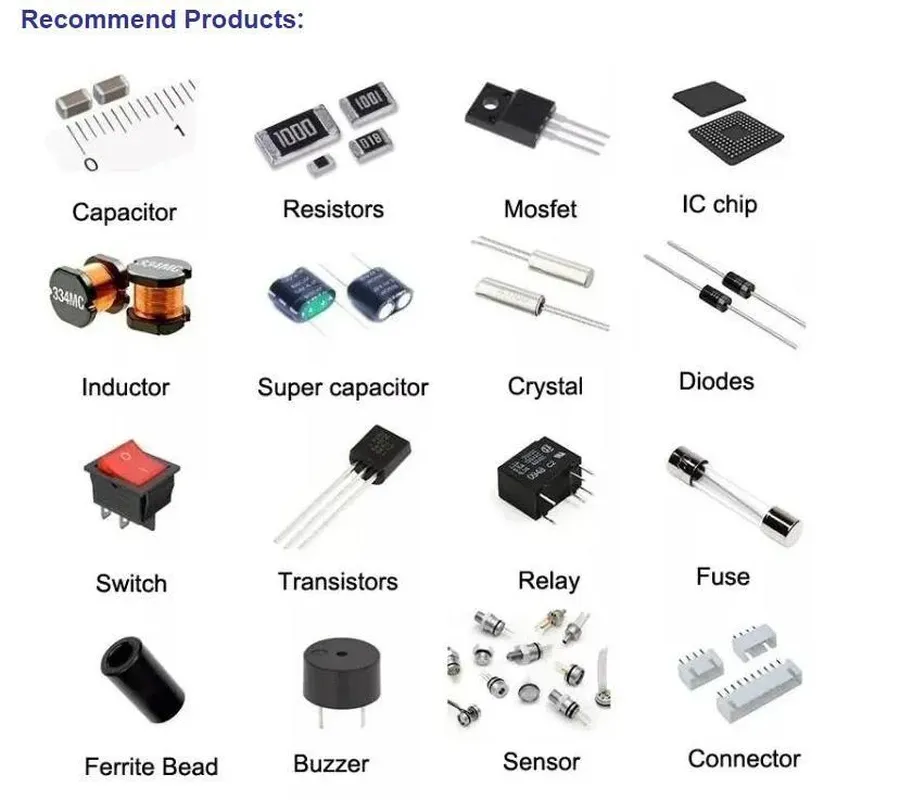
In today's interconnected world, electronic components are the bedrock of countless innovations and everyday devices. Whether you are a seasoned engineer, a hobbyist, or a student, access to a reliable electronic parts store is paramount. This article delves into the world of electronic parts, offering guidance on navigating the vast landscape and optimizing your procurement process, all while highlighting the benefits of sourcing your components from a trusted online electronic parts store.
Understanding Your Electronic Component Needs

Before initiating any electronic project, a thorough understanding of your component needs is paramount. This involves identifying the specific types and quantities of electronic parts required, such as resistors, capacitors, diodes, transistors, integrated circuits (ICs), and connectors. Precision in defining these requirements will not only streamline the procurement process but also prevent costly errors and delays.
The complexity of modern electronics necessitates a structured approach to component selection. Failure to accurately assess these needs often leads to project inefficiencies, increased costs, and the risk of purchasing incompatible components. Therefore, a detailed evaluation of the project's demands is the first step towards a successful outcome when sourcing from an electronic parts store.
Types of Electronic Components Available
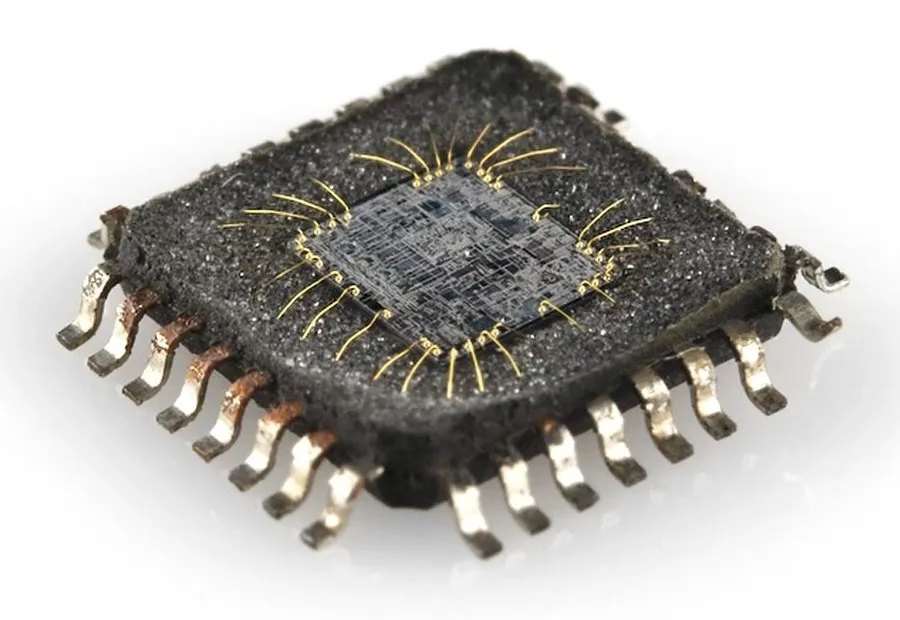
Electronic components are the fundamental building blocks of any electronic system, each with specific functions and characteristics. Categorizing these components helps in understanding their role and application within a circuit. Broadly, they fall into three main categories: active, passive, and electromechanical.
| Component Category | Description | Examples | Primary Function |
|---|---|---|---|
| Active Components | Components that can control current flow and amplify signals. | Transistors, Diodes, Integrated Circuits (ICs) | Amplification, Switching, Signal Processing |
| Passive Components | Components that do not require an external power source and cannot amplify signals. | Resistors, Capacitors, Inductors | Current limiting, Energy storage, Signal filtering |
| Electromechanical Components | Components that combine electrical and mechanical functions. | Switches, Relays, Connectors | Circuit control, Signal routing, Physical connections |
Understanding these distinctions is crucial for effective circuit design. When selecting components from an electronic parts store, consider the specific functional requirements of your project to ensure compatibility and optimal performance.
Choosing Between Online and Local Electronic Parts Stores

The decision between sourcing electronic components from online stores versus local brick-and-mortar shops hinges on a balance of convenience, cost, and immediacy. Online electronic parts stores typically provide a broader selection and more competitive pricing, while local stores offer the advantage of immediate availability and personalized advice. However, the accessibility and diversity offered by online options often outweigh the benefits of a local store for most users, particularly when considering specialized components.
| Feature | Online Electronic Parts Store | Local Electronic Parts Store |
|---|---|---|
| Selection | Vast, diverse catalog with specialized components | Limited, primarily common components |
| Price | Competitive, often with bulk discounts | Higher due to overhead and inventory costs |
| Convenience | 24/7 access, delivery to your doorstep | Limited operating hours, requires travel |
| Speed of Access | Delivery typically within 1-5 business days | Immediate access to in-stock items |
| Expert Advice | Customer support through online chat or email | Face-to-face interaction with sales associates |
| Returns | Clear return policies, often with free return shipping | Potentially more difficult, requires in-person returns |
Prioritizing an online electronic parts store is beneficial for projects that require a wide range of components or cost-effective solutions. While local stores may offer immediate gratification, the depth and convenience of online stores typically outweigh the benefits for most users.
Essential Factors When Choosing an Online Electronic Parts Store
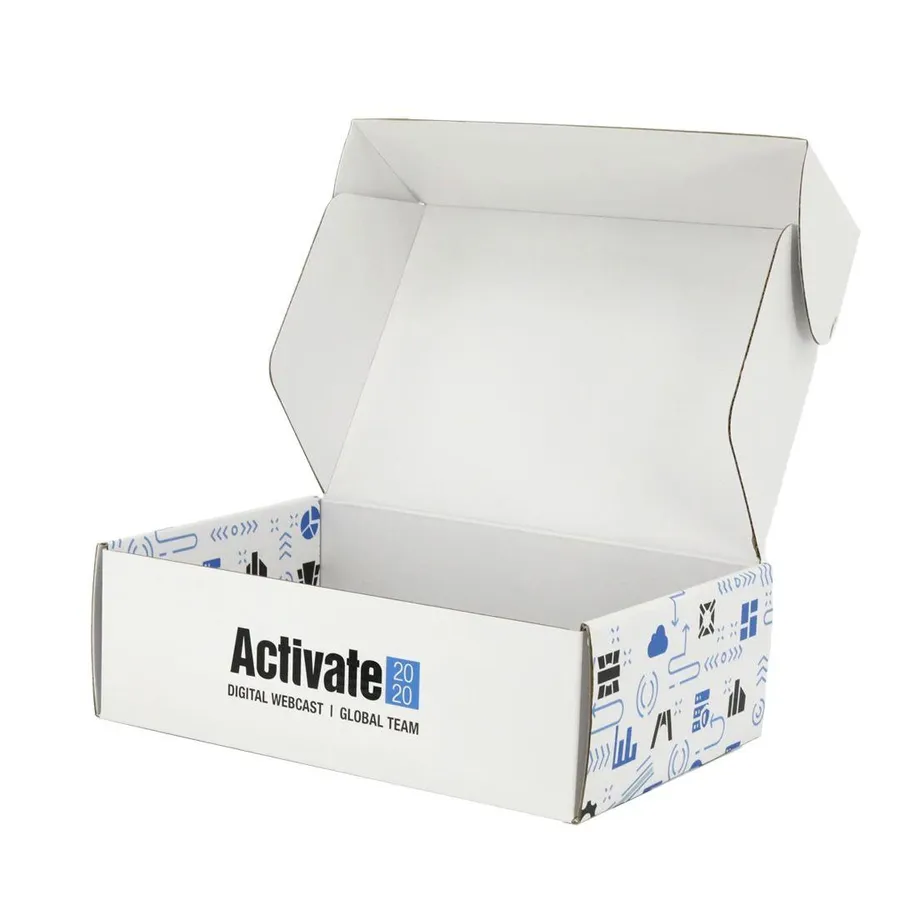
Selecting a reliable online electronic parts store is crucial for ensuring a smooth and successful project. The ideal store will not only provide a wide variety of components but also offer robust customer service and a secure shopping environment. This section details the critical aspects to evaluate when making your choice.
- Reputation and Reviews
A store's reputation can often be gauged by its online reviews and ratings. Look for stores with consistently high ratings and positive feedback, which indicates reliable service and product quality. - Breadth of Selection
An online store should have a diverse inventory covering various types of components—active, passive, and electromechanical—to ensure you can find all needed parts in one place. - Return and Refund Policies
A clear and fair return policy provides assurance that you can easily exchange or return incorrect or faulty components, thereby minimizing financial risk and project delays. - Secure Payment Methods
The availability of secure payment options is crucial to protect your financial data when making purchases online. Ensure that the store supports encrypted transactions. - Pricing Competitiveness
Compare pricing across different online stores for the same components to get the best possible deal. Consider both the component prices and any associated shipping costs. Competitive pricing often means better value for your investment. - Inventory Levels
The online electronic parts store should maintain sufficient stock to meet customer demand. A lack of inventory can cause delays and disrupt project timelines. Check the stock status before committing to purchase. - Shipping Costs and Delivery Times
Shipping costs and delivery times can significantly impact the overall expense and timeline of your project. Look for stores offering reasonable shipping rates and quick delivery options. Also, check if they provide tracking information for your orders. Faster and more reliable shipping can reduce downtime and project delays.
Navigating Online Electronic Parts Store Websites

Effectively navigating an online electronic parts store website is crucial for quickly locating the correct components and ensuring their suitability for your project. Mastering the search functions, category browsing, and datasheet utilization will save you significant time and effort.
- Utilize Search Filters Effectively
Most online stores offer various search filters (e.g., component type, manufacturer, specifications, price). Using these filters allows you to refine search results and locate components that match the parameters required for your project. Understanding and using the search filters correctly, will reduce unnecessary browsing. - Browse by Categories and Subcategories
Electronic parts are usually organized into categories and subcategories (e.g., resistors, capacitors, integrated circuits, microcontrollers). Start with the broad category of component you are looking for, and then use subcategories to further narrow your search. This method can also help you discover components you may have overlooked. - Understand and Use Datasheets
Datasheets contain detailed technical information for the components. They include key information such as electrical characteristics, ratings, dimensions, and pinout diagrams. Always consult datasheets to confirm a component meets the project specifications, before a purchase. - Familiarize with the website interface
Take some time to understand the layout of the website. Key areas are the search bar, category navigation, account information, shopping cart, and help sections. A clear understanding will make browsing and ordering easier and more efficient. - Utilize Comparison Tools
Many online stores provide comparison tools that allow you to compare specifications, pricing, and availability across different products. Use this feature to make an informed decision, especially when dealing with similar components from different manufacturers.
Tips for Cost-Effective Component Shopping
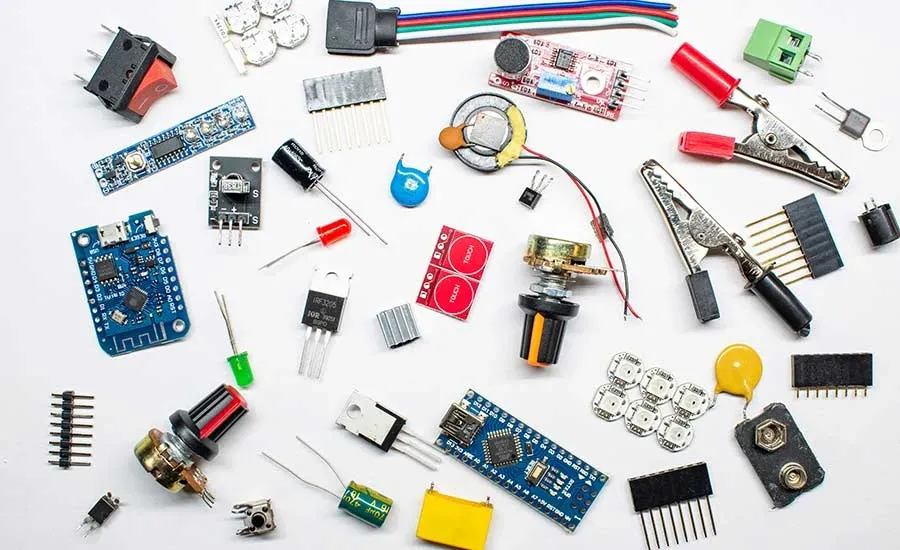
Optimizing your budget when purchasing electronic components is crucial for any project, whether it's a hobby or professional endeavor. A strategic approach to shopping at an online electronic parts store can significantly reduce costs without compromising quality. This involves comparison shopping, leveraging bulk discounts, and remaining flexible with brand choices.
- Compare Prices Across Multiple Stores:
Utilize price comparison websites or manually check multiple online electronic parts stores before making a purchase. Prices for the same component can vary significantly between suppliers. - Look for Bulk Discounts:
If your project requires multiple units of a particular component, inquire about bulk discounts. Many stores offer lower per-unit prices for larger orders. Consider grouping purchases if possible. - Consider Alternative Brands or Components:
Be open to using equivalent components from different brands. Sometimes, lesser-known brands offer the same functionality as their well-known counterparts at a lower price. Always verify that the component meets the required specifications using the datasheet. - Utilize Coupons and Promotions:
Many electronic parts stores offer coupons or run promotions. Check the store’s website, subscribe to their newsletter, or use browser extensions designed for finding discounts to save extra money. - Factor in Shipping Costs:
Don’t ignore shipping costs when comparing prices. A low-priced component may become less attractive once shipping is included. Check if the electronic parts store offers free shipping above a certain purchase amount. - Plan Ahead to Minimize Expedited Shipping:
Try to plan ahead for your projects so that you avoid ordering at the last minute that causes you to pay for expedited shipping. Efficient planning can save you a significant amount of money in shipping costs.
Understanding Product Specifications and Data Sheets
Thoroughly reviewing product specifications and datasheets is crucial before purchasing electronic components from any online electronic parts store. These documents provide essential performance criteria, ensuring the chosen components are suitable for your intended application and prevent costly mistakes.
Datasheets are technical documents provided by manufacturers detailing the characteristics and specifications of electronic components. They are the definitive source of information regarding a component's capabilities and limitations. It is essential to understand and verify these details to prevent operational issues with your electronic projects.
- Key Elements to Check in Datasheets
Datasheets contain a wealth of information, but here are several key sections that require thorough review before you make a purchase from an online electronic parts store. These include: Absolute Maximum Ratings, Electrical Characteristics, Mechanical Dimensions, and Environmental Conditions. - Absolute Maximum Ratings
These specify the limits beyond which the component may be damaged. These limits are non-operational and exceeding them may result in permanent damage or degradation to the components functionality. - Electrical Characteristics
These outline the component's performance under various conditions. These values, such as voltage drop, current flow, and resistance values, are specified under a range of operational conditions. This information allows for the proper design and operational context for the given electronic component. - Mechanical Dimensions
These specifications are crucial for physical integration within a system. Ensure the component's dimensions, including lead spacing and footprint, match the requirements of the electronic circuit board it is intended for. These parameters also ensure that the components can fit in their enclosure as well. - Environmental Conditions
These detail the limits of the components operating environment. Understanding the operating temperature range, humidity limits, and storage conditions can improve the life expectancy and operational stability of the component.
| Datasheet Parameter | Importance | Example |
|---|---|---|
| Operating Temperature Range | Ensures component functions reliably within specified temperatures. | -40°C to +85°C |
| Voltage Rating | Indicates the maximum voltage the component can handle. | 5V DC |
| Current Rating | Shows the maximum current the component can safely pass. | 1A |
| Tolerance | Indicates the precision of a components value. | ±5% |
| Power Dissipation | Indicates the maximum heat a component can dissipate. | 0.25W |
By diligently reviewing datasheets from the online electronic parts store, you not only confirm compatibility but also optimize the component selection, thereby enhancing the reliability and performance of electronic devices. These parameters should be thoroughly investigated when using an electronic component from a third party.
Frequently Asked Questions About Electronic Parts
This section addresses common queries regarding electronic components, providing practical insights for both beginners and experienced users. Understanding these frequently asked questions can significantly enhance your project success and overall experience with electronic parts.
- What is the primary difference between through-hole and surface mount components?
Through-hole components have leads that are inserted into holes on a printed circuit board (PCB) and soldered on the opposite side. Surface mount components (SMD) are soldered directly onto the surface of the PCB. Through-hole is typically used for prototyping and low volume, or when manual soldering is required. SMD is more suitable for high volume and automated assembly, and allows for smaller board sizes. - How do I accurately calculate resistor values using color codes?
Resistors use a color code to indicate their resistance and tolerance values. Each color represents a specific numerical value, and the bands are read from left to right. A standard resistor has four color bands, where the first two represent the resistance value, the third is a multiplier, and the fourth is tolerance. A 5 band resistor has three value bands. Online calculators and reference charts are readily available to assist with quick conversions. - What are the most common causes of integrated circuit (IC) failures?
Common causes of IC failure include electrostatic discharge (ESD), overheating, voltage spikes, and incorrect circuit connections. ESD can damage sensitive IC junctions, while heat can lead to thermal stress and component degradation. Improper power supply conditions or faulty connections can exceed the IC's maximum ratings, causing immediate failure. Always adhere to datasheet specifications and practice proper handling procedures to avoid these issues. - How do I select the appropriate capacitor for my circuit?
Selecting the right capacitor involves considering factors such as capacitance value, voltage rating, tolerance, temperature coefficient, and the type of capacitor (e.g., ceramic, electrolytic, tantalum). The required capacitance is dictated by the application, while the voltage rating should always be greater than the operating voltage. Refer to datasheets and specific project requirements to ensure the chosen capacitor meets the desired performance metrics. - Where can I find datasheets for specific electronic components?
Datasheets are typically provided by the manufacturer of the electronic component and can be found on their official websites. Major electronic component distributors like DigiKey, Mouser, and Arrow also maintain extensive online libraries of datasheets. Knowing the specific part number is crucial for finding the relevant information. These datasheets include key performance specifications, electrical characteristics, and application guidelines which must be read thoroughly before use. - How should I store electronic components to prevent damage?
Electronic components should be stored in a dry, cool, and static-free environment. Use anti-static bags, bins, and foam for sensitive components like integrated circuits (ICs). Humidity can cause corrosion, so consider desiccants if moisture is a concern. Proper labeling is crucial for easy retrieval, and maintaining a logical organization will ensure the longevity and usability of your components. - What are the key differences between active and passive components?
Active components, such as transistors and ICs, require an external power source to operate and can amplify or control electrical signals. Passive components, such as resistors, capacitors, and inductors, do not require external power and cannot amplify or control signals. Passive components primarily store or dissipate energy, or alter current and voltage characteristics in a circuit. These differences dictate how they are used in circuit designs.
Maintaining Your Inventory of Electronic Parts
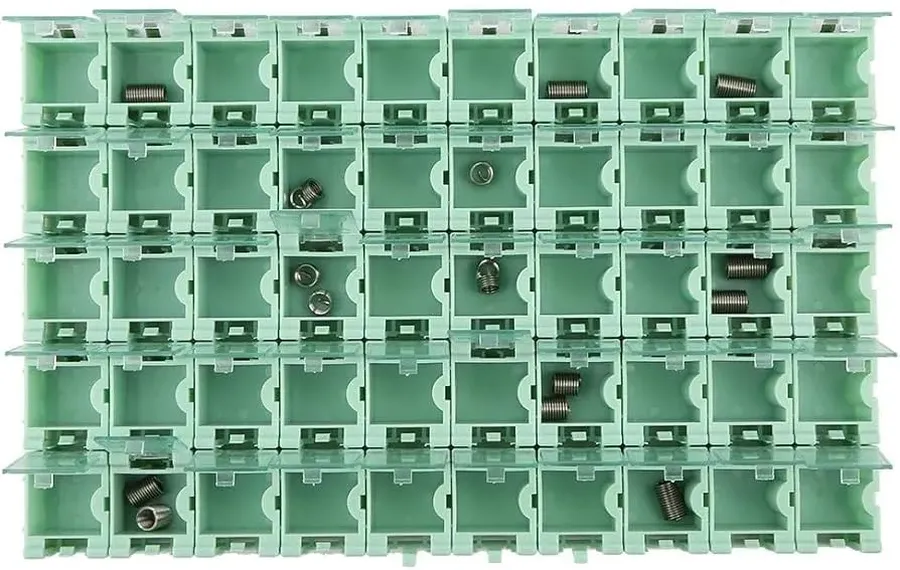
Proper inventory management of electronic parts is crucial for efficient project execution and minimizing downtime. This involves not only sourcing components from a reliable electronic parts store but also implementing effective storage and restocking practices. Organized inventory prevents shortages and ensures parts are in optimal condition when needed.
- Proper Storage Techniques
Store components in a clean, dry environment away from direct sunlight and extreme temperatures. Use anti-static bags or containers for sensitive electronic parts to prevent electrostatic discharge (ESD) damage. Compartmentalized storage bins or drawers can assist in organization. - Avoiding Static Electricity Damage
ESD can severely damage sensitive electronic components. Always use anti-static wrist straps and mats when handling these components, especially MOSFETs, ICs, and any semiconductor based device. Keep components in their original packaging or anti-static containers until ready for use. Be mindful of clothing and work surfaces that can generate static charge. - Restocking Procedures
Establish a regular schedule for checking inventory levels of frequently used components, and make regular orders from your chosen electronic parts store. Implement a ‘first-in, first-out’ (FIFO) system to ensure older components are used before newer ones, minimizing the risk of parts becoming obsolete or degraded. Tracking usage helps in anticipating future needs. - Component Identification and Labeling
Clearly label all bins, drawers, or storage units with the part names, values, and any important specifications. This makes it easier and faster to find the right component during project assembly. Use standardized labeling practices to ensure consistency across your parts inventory. Cross-reference labels to datasheets for quick reference. - Regular Inspection of Components
Routinely check all stored parts for any sign of damage, such as bent leads, corrosion, or packaging degradation. Such inspections ensure that you are not integrating defective parts into your project. This also allows you to remove degraded parts from the inventory before causing issues down the line. Proper maintenance also allows for a more efficient shopping experience with your electronic parts store.
Finding the right electronic parts store, whether local or online, is crucial for the success of your projects. By focusing on clear specifications, choosing reputable vendors, and utilizing helpful resources, you can efficiently and effectively source the electronic components you need. Remember that a quality online electronic parts store is more than just a supplier; it's a partner in your creative and technical endeavors. Keep this guide at hand to make informed decisions and power your journey in electronics.
 AnyPCBA
AnyPCBA